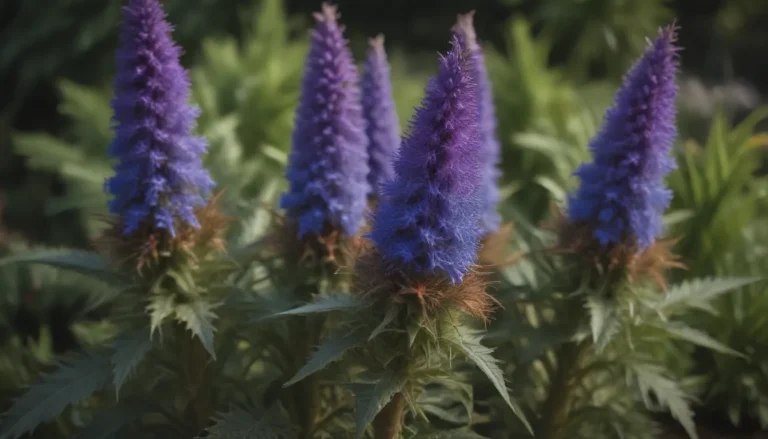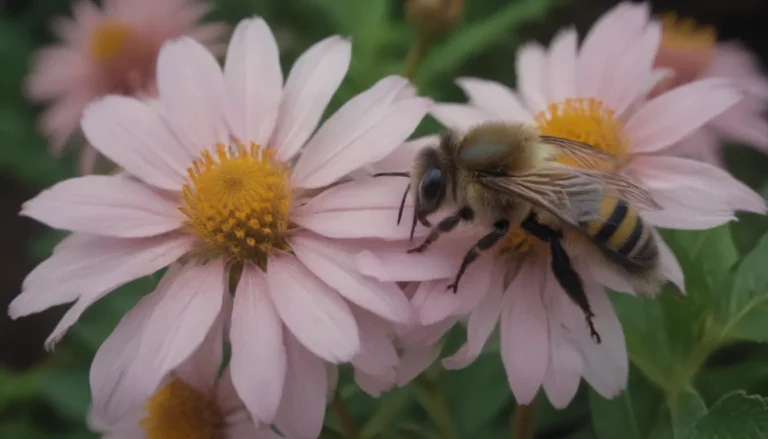Ultimate Guide to Growing and Caring for Summersweet

Are you looking to add a splash of color and fragrance to your garden with a versatile shrub that attracts hummingbirds, bees, and butterflies? Look no further than the summersweet plant! In this in-depth guide, we will explore everything you need to know to successfully grow and care for this beautiful shrub.
Overview of Summersweet
Summersweet, also known as Clethra alnifolia, is a medium-sized deciduous shrub that is prized for its late-summer blooms and ability to thrive in a variety of climates. Here are some key features of the summersweet plant:
- Height: Typically grows to 3 to 6 feet, but can reach up to 8 feet
- Spread: Spreads to 4 to 6 feet in an oval shape
- Leaves: Obovate and serrated, changing from dark green in summer to yellow or brown in fall
- Flowers: Raceme flowers that can be white, pink, or rose-colored with a sweet fragrance
- Fruit: Small, dark brown seed capsule fruits resembling peppercorns
Plant your summersweet in the spring for best results, ensuring there are other plants nearby as the shrub may look bare until the leaves appear in late spring.
Summersweet Care Tips
Light
Plant your summersweet in an area that receives full sun to part shade. Ideally, the plant should get morning sun and afternoon shade for optimal growth.
Soil
Summersweet can thrive in a variety of soil pHs, types, and moisture levels. It prefers acidic, sandy soil that is moist, but can also tolerate clay soils if amended with organic material. Ensure the soil remains moist and avoid letting it dry out.
Water
This water-loving plant prefers moist soil and can even thrive in areas with standing water. Water regularly to keep the soil consistently moist for healthy growth.
Temperature and Humidity
Summersweet thrives in moist climates and can tolerate both extreme heat and freezing cold temperatures. Originating from eastern and southern North America, this plant naturally grows in wet and swampy areas, making it perfect for gardens with high humidity levels.
Fertilizer
In early spring, fertilize your summersweet with a slow-release formula designed for trees and shrubs to promote healthy growth and vibrant blooms.
Popular Summersweet Varieties
- ‘Creels Calico’
- ‘Crystalina’
- ‘Hummingbird’
- ‘Pink Spires’
- ‘Rosea’
- ‘Sixteen Candles’
Pruning Tips
While summersweet generally requires minimal maintenance, you can deadhead to remove spent flowers for a tidy appearance. Otherwise, leave the shrub alone to thrive in its own natural beauty.
Propagating Summersweet
Propagating summersweet is best done through softwood stem cuttings taken in early summer. Follow these steps for successful propagation:
1. Take 3- to 4-inch cuttings from healthy plants in the morning
2. Remove lower leaves, dip ends in rooting hormone, and plant in a mixture of perlite and potting soil
3. Keep in high humidity and cover with plastic until roots are established
4. Plant rooted cuttings in your garden for new summersweet plants
Growing Summersweet from Seed
Summersweet seeds are easy to plant and germinate quickly, making them a great option for propagating new plants. Follow these steps to grow summersweet from seed:
1. Fill seeding trays with moist potting mixture and press seeds halfway into the soil
2. Cover with a thin layer of sand and keep in low light under plastic
3. Water seedlings as needed and transplant when sturdy, with no need for cold stratification
Overwintering Your Summersweet
Protect your summersweet during winter by applying a 3-inch layer of organic mulch around the base of the plant. In spring, rake away the mulch to allow for new growth.
Common Pests and Diseases
The most common issue faced by summersweet plants is spider mites. Combat these pests by spraying the leaves with water to knock them off, or use horticultural oils for persistent infestations.
In conclusion, Summersweet is a beautiful and versatile shrub that can add vibrancy and life to any garden. By following these care tips and guidelines, you can ensure that your summersweet plant thrives and blooms abundantly for years to come. So, go ahead and plant a summersweet in your garden to attract pollinators and enjoy the beauty of this wonderful shrub!





